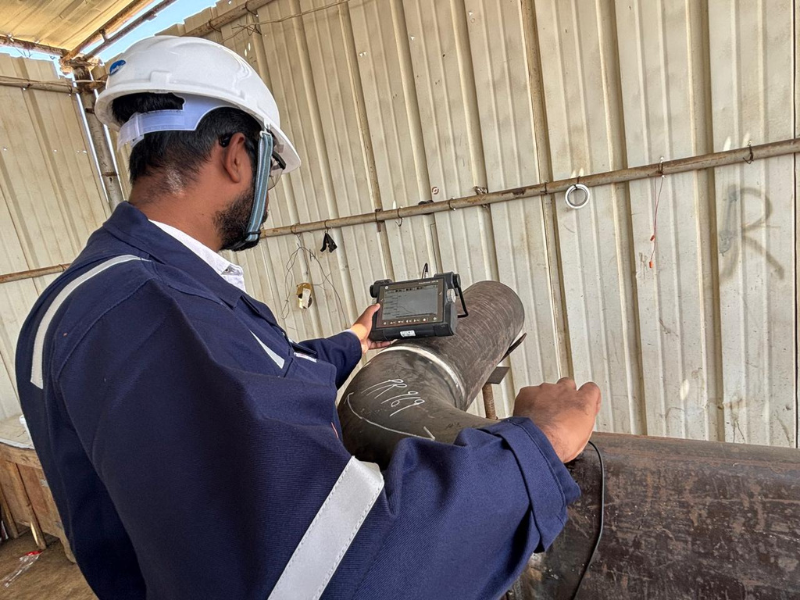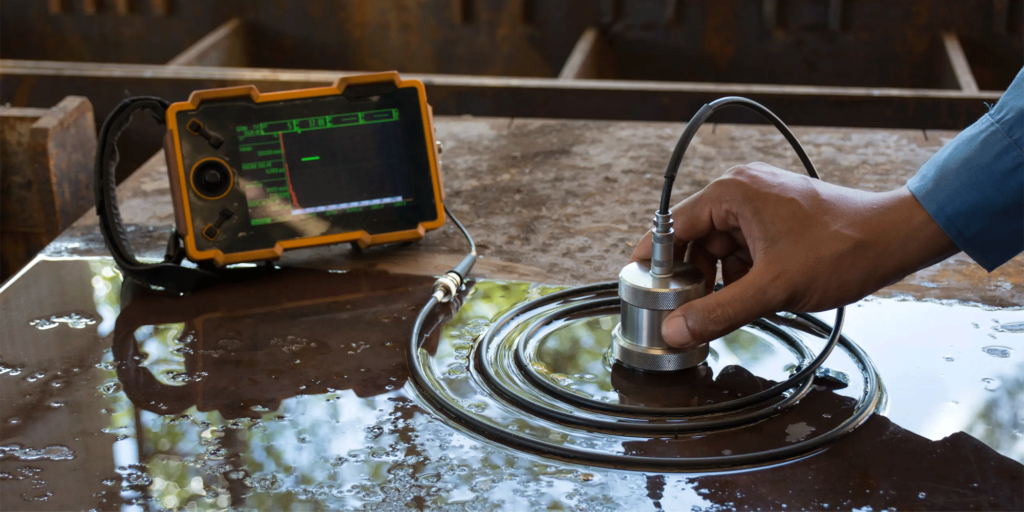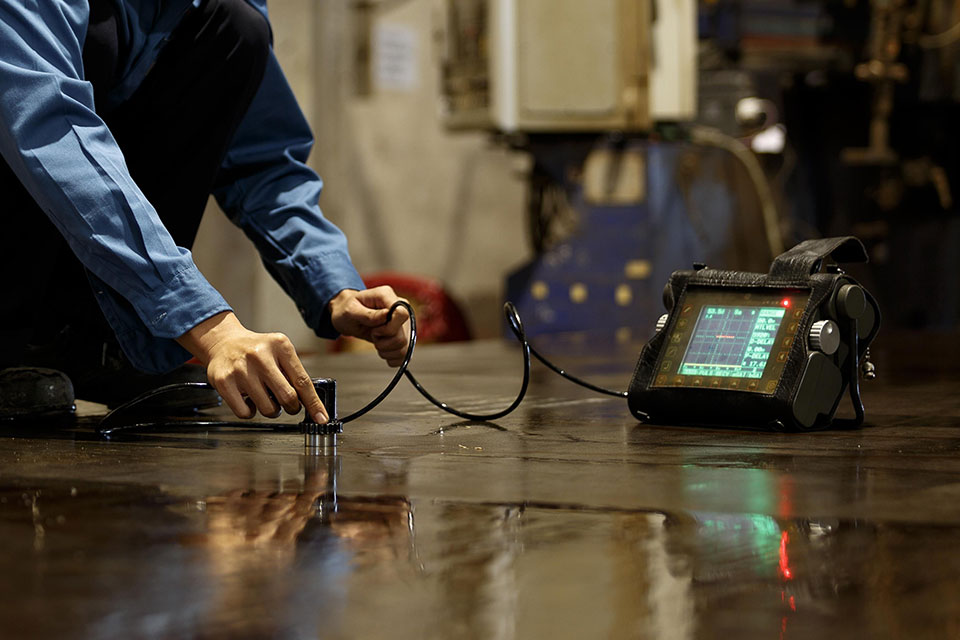As global energy demands rise, the role of wind turbines in generating sustainable energy becomes increasingly crucial. An essential aspect of maintaining these structures is frequency analysis in wind turbine inspection. This method helps in identifying potential issues before they escalate, ensuring that turbines operate efficiently and safely. In this article, we will delve into various aspects of frequency analysis, understanding its significance, and its application in wind turbine inspections.

Understanding Frequency Analysis
Frequency analysis involves examining the vibrations and sound frequencies emitted by wind turbines. By analyzing these frequencies, inspectors can determine the health of the turbine and identify anomalies that might suggest mechanical issues. This process is instrumental in inspection frequency to prevent potential failures and optimize maintenance schedules.
Importance of Frequency Analysis in Wind Turbines
Wind turbines are exposed to various environmental and operational stresses. Over time, these stresses can lead to wear and tear, impacting the turbine’s efficiency and lifespan. Frequency analysis helps in early detection of such issues, allowing for timely intervention. This proactive approach not only prolongs the turbine’s operational life but also reduces repair costs and downtime.
Key Benefits
- Early Detection of Issues: Identifies potential mechanical failures before they occur, minimizing risks.
- Cost-Effective Maintenance: Reduces unforeseen repair costs by scheduling timely maintenance.
- Enhanced Safety: Ensures the structural integrity of turbines, safeguarding both the infrastructure and personnel.
How Frequency Analysis Works
During wind turbine inspections, sensors are placed on various parts of the turbine to collect vibration and sound data. This data is then analyzed using specialized software to identify any discrepancies or abnormal patterns. For instance, a sudden increase in vibration frequency might indicate a misalignment or imbalance in the turbine components.
Tools and Technology
The advancement in technology has significantly improved the accuracy and efficiency of frequency analysis. Tools such as frequency inspection tools and machine learning algorithms are now employed to enhance the precision of these analyses.
Challenges in Frequency Analysis
Despite its numerous benefits, frequency analysis is not without challenges. The complexity of data interpretation and the need for skilled personnel remain significant hurdles. Additionally, external factors such as weather conditions can affect the accuracy of the analysis.
Applications in Wind Turbine Inspection
Frequency analysis is used extensively in various aspects of wind turbine inspection, including:
1. Blade Inspection
Blades are prone to damage due to their exposure to harsh weather conditions. Frequency analysis helps in detecting cracks or deformities that are not visible to the naked eye.
2. Gearbox and Generator Monitoring
By analyzing the vibration frequencies in gearboxes and generators, inspectors can identify wear patterns and potential mechanical failures.
3. Structural Health Monitoring
Frequency analysis is crucial in assessing the overall structural integrity of the turbine, ensuring that all components function harmoniously.
Future of Frequency Analysis in Wind Turbines
As technology continues to evolve, the future of frequency analysis in wind turbine inspection looks promising. Innovations such as machine learning for frequency optimization and adaptive frequency control are set to revolutionize the industry, making inspections more efficient and accurate.
Impact on Renewable Energy
By enhancing the reliability and efficiency of wind turbines, frequency analysis plays a vital role in the broader adoption of renewable energy sources. This, in turn, contributes to a more sustainable and environmentally friendly energy landscape.
Conclusion
In conclusion, frequency analysis in wind turbine inspection is an indispensable tool in ensuring the optimal performance and longevity of wind turbines. By embracing this technology, industry professionals can significantly enhance the efficiency, safety, and reliability of wind energy systems, paving the way for a more sustainable future.

FAQs
What is frequency analysis in wind turbine inspection?
It is a method used to examine vibrations and sound frequencies in wind turbines to detect potential mechanical issues.
Why is frequency analysis important for wind turbines?
It helps in early detection of issues, cost-effective maintenance, and ensuring safety by maintaining the structural integrity of the turbines.
What are the challenges associated with frequency analysis?
Challenges include data interpretation complexity, the need for skilled personnel, and external factors affecting accuracy.
This article contains affiliate links. We may earn a commission at no extra cost to you.
